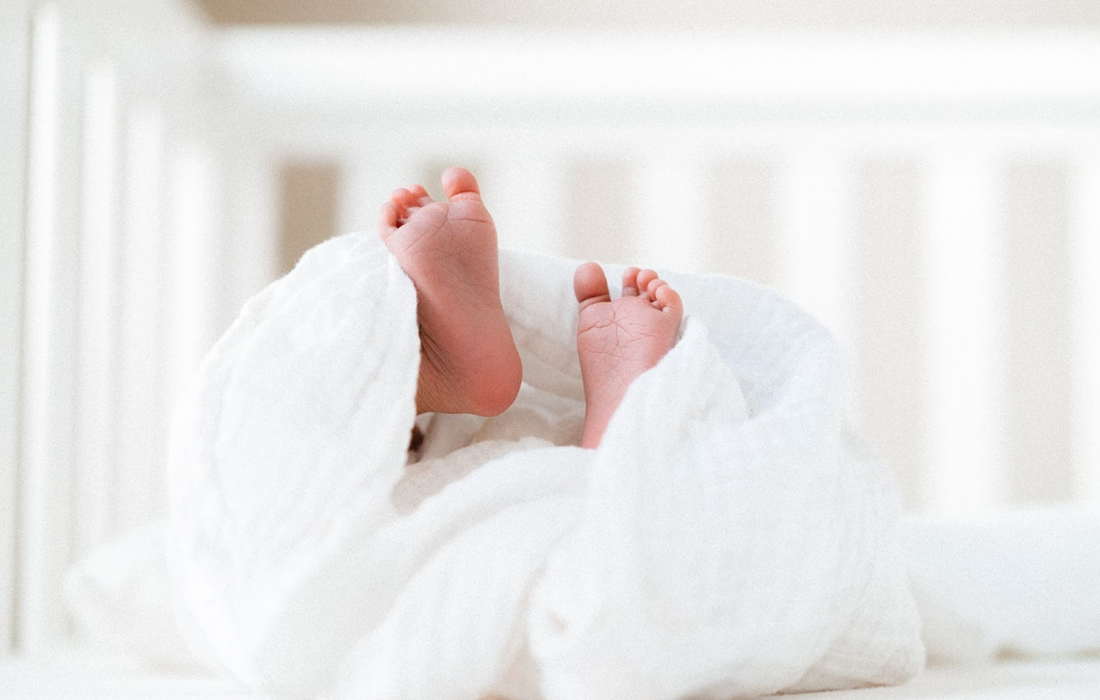Regenerative Medicine News and General Information
Discovery Enables Adult Skin to Regenerate Like a Newborn’s
Researchers have identified a factor that acts like a molecular switch in the skin of baby mice that controls the formation of hair follicles as they develop during the first week of life. The switch is mostly turned off after skin forms and remains off in adult tissue. When it was activated in specialized cells in adult mice, their skin was able to heal wounds without scarring.
“We were able to take the innate ability of young, neonatal skin to regenerate and transfer that ability to old skin,” said Driskell, an assistant professor in WSU.
“We can still look to other organisms for inspiration, but we can also learn about regeneration by looking at ourselves,” said Driskell. “We do generate new tissue, once in our life, as we are growing.”
Driskell’s team used single cell RNA sequencing to compare genes and cells in developing and adult skin. In developing skin, they found a transcription factor proteins that bind to DNA and can influence whether genes are turned on or off. The factor called Lef1, was associated with papillary fibroblasts which are developing cells in the papillary dermis, a layer of skin below the surface that gives skin its tension and youthful appearance.
When the WSU researchers activated the Lef1 factor in specialized compartments of adult mouse skin, it enhanced the skins’ ability to regenerate wounds with reduced scarring, even growing new hair follicles that could make goose bumps.
A lot of work still needs to be done before this latest discovery in mice can be applied to human skin, Driskell said, but this is a foundational advance.
Sources:
Quan M Phan, Gracelyn M Fine, Lucia Salz, Gerardo G Herrera, Ben Wildman, Iwona M Driskell, Ryan R Driskell. Lef1 expression in fibroblasts maintains developmental potential in adult skin to regenerate wounds. eLife, 2020; 9 DOI: 10.7554/eLife.60066
Washington State University. “Discovery enables adult skin to regenerate like a newborn’s.” ScienceDaily. ScienceDaily, 29 September 2020. <www.sciencedaily.com/releases/2020/09/200929123512.htm>.
Images from:
Photo by Gigin Krishnan
https://unsplash.com/photos/Q14UHT-TI7Q

